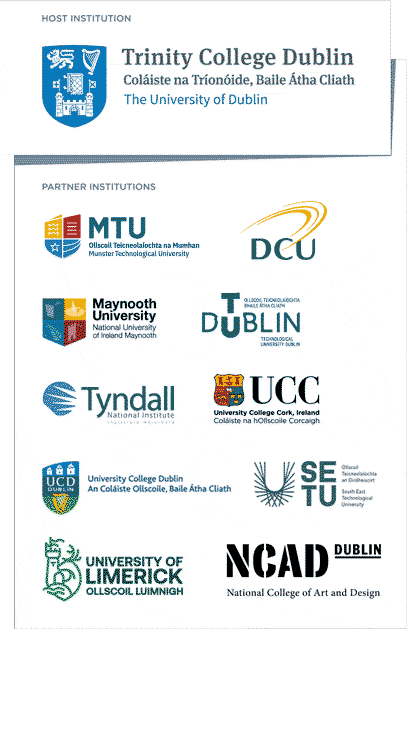25 April 2016:
Centenary of world’s first radio broadcast to be marked at Connect Centre in Trinity College Dublin this evening.
The Connect Centre for Future Networks and Communications at Trinity College Dublin will this evening mark the 100th anniversary of what is widely regarded as the world’s first dispersive radio broadcast. Rebels participating in the Easter Rising broadcast the following message in Morse Code from O’Connell Street at 5.30pm on Easter Tuesday, 25 April 1916:
“Irish Republic declared in Dublin today. Irish troops have captured city and are in full possession. Enemy cannot move in city. The whole country rising.”
Until then, radio had been used for point-to-point transmission. In contrast, the rebels’ message was a broadcast and is widely regarded as the world’s first pirate radio message. The rebels were hoping that ships would pick up the message and take news of the Rising to America.
The Connect Centre has partnered with sound artist Mr Jimmy Eadie to present a special sound installation to mark this significant moment in global telecommunications history. The installation will include the playing of the Morse Code message at 5.30pm: the time the 1916 message was broadcast.
(Please note that this event is invite-only).
Listen to Fergus O’Kelly, one of the 1916 rebels, describe the experience in this RTÉ interview in 1965: https://1916.rte.ie/relevant-places/on-tuesday-night-we-started-transmitting/
Marshal McLuhan, in his celebrated 1964 work ‘Understanding Media’, mentioned the 1916 event:
“That [1916] was the year of the Irish Easter rebellion and of the first radio broadcast. Wireless had already been used on ships as ship-to-shore “telegraph.” The Irish Rebels used a ship’s wireless to make, not a point-to-point message, but a diffused broadcast in hope of getting word to some ship that would relay their story to the American press.”
The broadcast was made from the Irish School of Wireless Telegraphy at the corner of O’Connell Street and Abbey Street (the site of today’s Grand Central Bar). Rebel leader Joseph Mary Plunkett was a radio enthusiast and knew the potential of the medium to spread news of the Rising.
Some reports suggest the message was picked up as far away as Germany and Bulgaria. It was also intercepted by a British ship in Dun Laoghaire resulting in heavy bombardment of the rebels’ position and forcing their retreat to the GPO.
Commenting on the anniversary, Professor Linda Doyle, Director of the Connect Centre, said:
“Necessity is the mother of invention. When the rebels took over the Wireless School of Telegraphy they quickly discovered they did not have a functional receiver – only a transmitter. Their broadcast was an act of hope – they had no way of knowing if their message was being picked up.
“This evening’s sound installation is a great example of STEAM – inserting arts practices into the traditional formula of science, technology, engineering and mathematics. Creative practices are very useful in helping to unlock fresh insights from the world of engineering and technology and Jimmy Eadie’s sound installation does just that.
“Ireland has a rich telecommunications heritage: the first transatlantic telegraph cable was laid from Valentia in County Kerry to Newfoundland in Canada, and the pioneer of radio communication, Guglielmo Marconi, established a wireless transmitting station at Rosslare Strand, County Wexford, and a transatlantic radio-telegraph between Clifden and Nova Scotia. It’s important that we remember and celebrate these milestones.”
CONNECT is the world leading Science Foundation Ireland Research Centre for Future Networks and Communications. CONNECT is funded under the Science Foundation Ireland Research Centres Programme and is co-funded under the European Regional Development Fund. We engage with over 35 companies including large multinationals, SMEs and start-ups. CONNECT brings together world-class expertise from ten Irish academic institutes to create a one-stop-shop for telecommunications research, development and innovation.
Events


